By Marissa Hansen
Meet your local urban bobcat
While still twice the size of domestic cats, bobcats are the smallest species of wild cat in Alberta. They are distinguishable by their black tufted ears, dark markings, and of course their short “bobbed” tails. These felines can be found in southern Alberta, and range over a variety of different habitats such as riparian woodlands, coniferous forests, broadleaf forests, swamps, and even suburban areas. They are not picky eaters, and are categorized as opportunistic feeders, meaning they feed on whatever prey is are most abundant, including squirrels, birds, and jackrabbits.
While many people worry about bobcats being dangerous, these cats are not at all likely to attack humans. However, small pets (think jackrabbit-sized and under) can be in danger if they happen to come across this wild cat. It’s best to keep small pets inside or supervise them outdoors to make sure they are safe, especially if there is a bobcat in the area.
Signs of a bobcat neighbour
Check for paw prints: Scouting out paw prints in snow, dirt, or mud is the first sign you can look for. Bobcats paw prints can look very similar to coyote or domestic dog prints but there are some distinguishable characteristics to help. Bobcats paw prints are round, with an asymmetrical heel pad showing an M shape. Canine species have symmetrical paw prints with a triangular shaped heel pad.
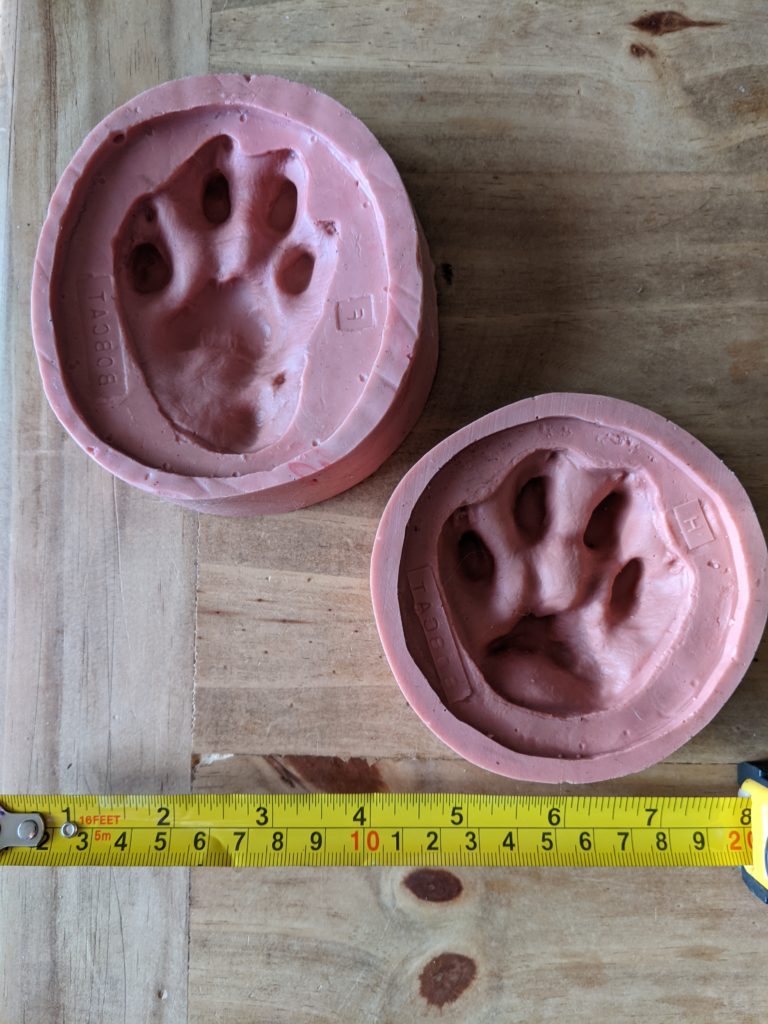
Check for poop: This is a bit trickier, as bobcat scat can look very similar to domestic cat droppings! Look for something that seems abnormally large for a domestic cat, and may have blunt or tapered ends. Bobcats will sometimes attempt to cover their scat, but often will leave it right out there in the open instead!\
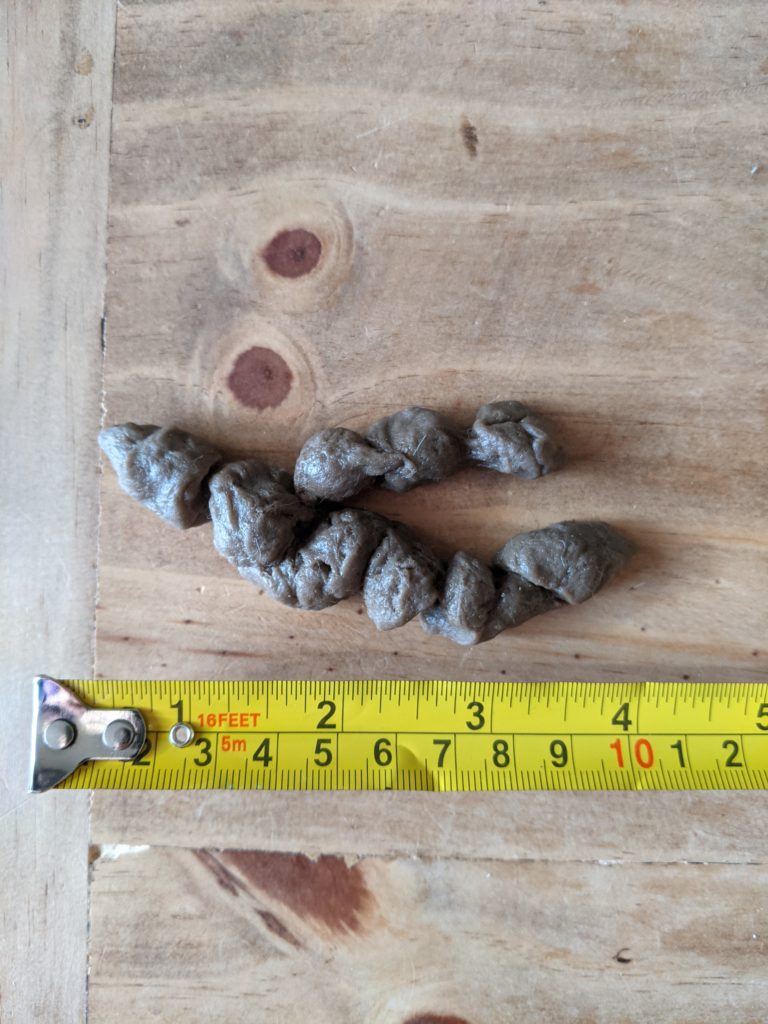
Check for dens: Mothers give birth to kittens typically during April to June and for the next year the mother will remain with her babies in their den. These dens are typically found in open spaces under decks, outbuildings, piles of debris, and forms of large vegetations such as trees or shrubs. These dens are lined with soft debris such a moss, grass, and dry leaves. If a bobcat has made a den on your property, be sure there are no kittens before taking further actions. If no kittens are present, create an escape route for the bobcat such as leaving gates open. The animal will leave on its own time, and there is no reason to confront the animal.
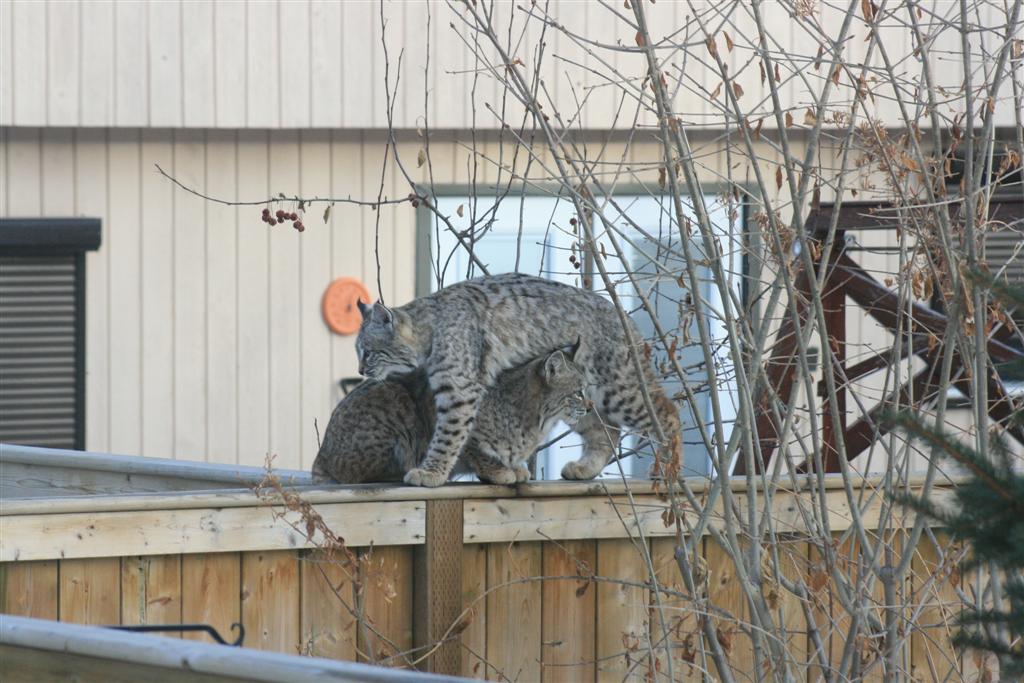
Humane Deterrents
Animals using your backyard as their home is sometimes inevitable, however there are tips and tricks to keep them away from your property. First and foremost, preventing access to food is a good starting point. Leaving garbage bins open or out overnight recipe for some unwanted visitors snacking on your leftovers. Same goes for pet food left outside – I don’t know about you, but my dog sure doesn’t want to be sharing its food with anyone, let alone a bobcat! Limiting the accessibility of food makes your property less appealing to these animals.
Another way to stop these felines from using your yard as their own personal restaurant is removing bird feeders and bird baths. While it is nice to supply some resources to your friendly neighbourhood birds, having abundant amounts of birds in your backyard is an advertisement for bobcats and other predators to come and snack. Keeping bobcats’ prey out of your yard is a good way to make your property less enticing.
Besides keeping access to food at low levels you can also take away their access to shelter, such as trimming trees and shrubs. Blocking off spaces under your deck or sheds also create nuisance for bob cats trying to create dens. The more unattractive your property is to the bobcats, the less likely they will want to stay. Overall, just be a bad host! After all, would you really want to stay at someone’s house if they didn’t give you a food or a bed?
Want to know more?
Bobcats are an important part of Alberta’s ecosystems, and there are many ways to live safely with these furry felines. If you have questions about bobcats, or want to know more about deterrent methods, you can contact us at 403-946-2361, or e-mail [email protected].
References
Campbell, Erin. (2020, March 25). “Bobcat Track and Sign.” Wilderness Awareness School. https://www.wildernessawareness.org/articles/bobcat-track-and-sign/
Edmonton and Area Land Trust. (2019, September 2). “Fun Facts: Lynx, Cougar, or Bobcat?” Edmonton & Area Land Trust. https://www.ealt.ca/blog/fun-facts-lynx-cougar-or-bobcat
Government of Alberta. (2021). “Human-Wildlife Conflict – Bobcats.” Alberta.ca, https://www.alberta.ca/bobcats.aspx
International Society for Endangered Cats (ISEC) Canda. (2014). “Bobcat.” International Society for Endangered Cats (ISEC) Canada. https://wildcatconservation.org/wild-cats/north-america/bobcat/
Nature Conservancy Canada (2020). “Bobcat.” Nature Conservancy Canada Resource Centre. https://www.natureconservancy.ca/en/what-we-do/resource-centre/featured-species/mammals/bobcat.html
PAWS. (2015). “Bobcats.” PAWS. https://www.paws.org/resources/bobcats/
Tkaczyk, Filip. (2006). “Recognizing Bobcat Habitat.” ALDERLEAF Wilderness College, https://www.wildernesscollege.com/bobcat-habitat.html

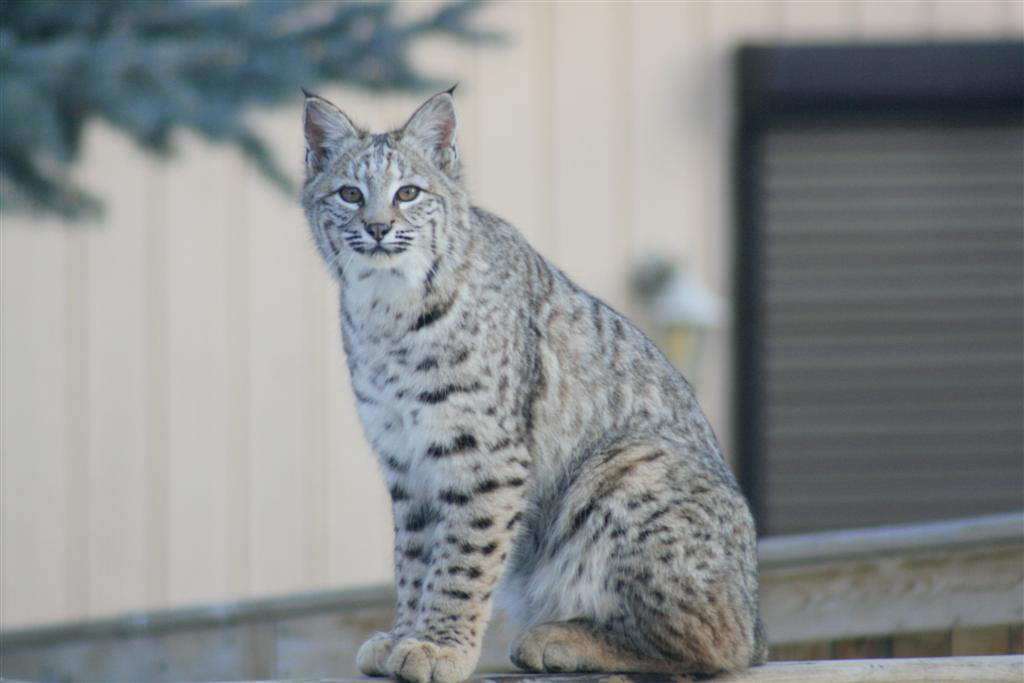
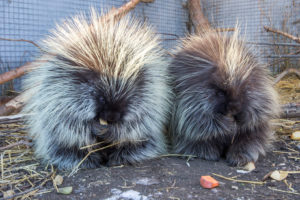
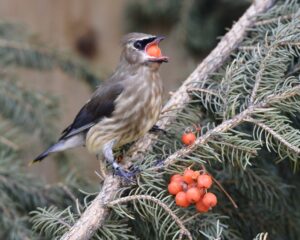
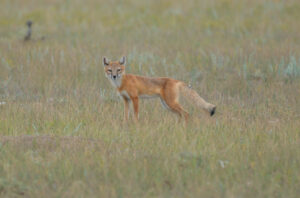


1 thought on “Bobcats in the City”
Mine are not shy at all, however she hunts primarily in fall.. I looked out my back yard, 2 kits in my tree, as the sun rose.. momma ran in with a squirrel, it was beautiful, but they can scare people un intentionally.. people are trapping them, leg wholes traps, because they do dig and u mitigate to protect everything..